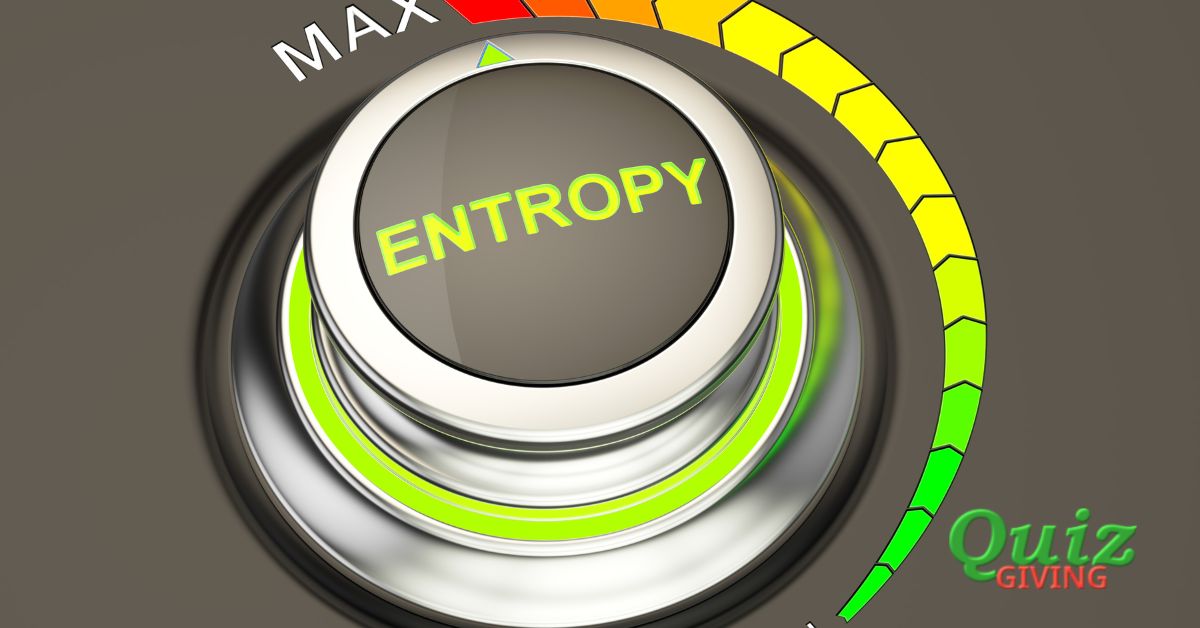Are you ready to put your knowledge of thermodynamics to the test? Look no further than our latest quiz, “The Energetic Puzzle: Gibbs Free Energy Quiz.” Thermodynamics is a fascinating field that explores the energy transformations that occur in chemical reactions. One of the key concepts in thermodynamics is Gibbs free energy, which measures the amount of energy available to do useful work. In this quiz, you’ll be challenged with questions about Gibbs free energy, including its formula, its significance in determining reaction spontaneity, and its relationship to enthalpy and entropy. Whether you’re a chemistry enthusiast or simply curious about the laws that govern energy, this quiz is sure to pique your interest. So, why not give it a try and see how well you understand the energetic puzzle of Gibbs free energy? Take the quiz now and test your knowledge!

